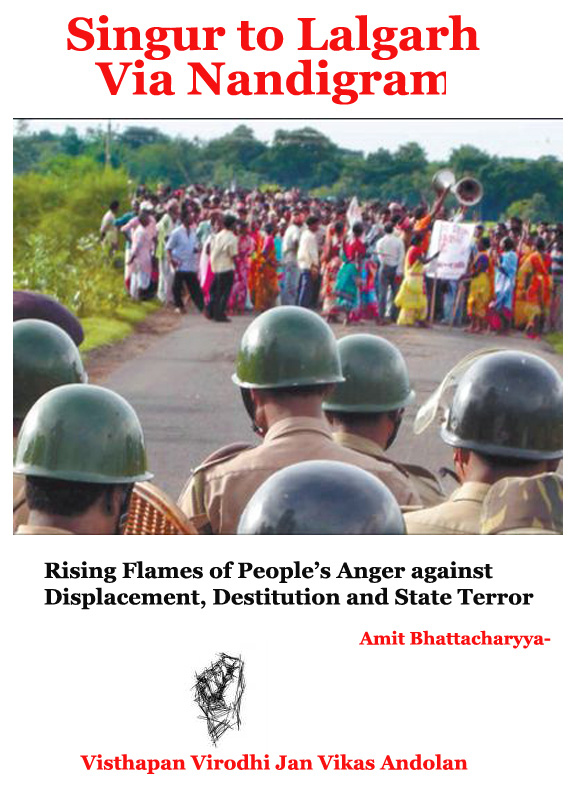The Wound from Within
Posted by Admin on July 30, 2009

RED SIGNAL: A woman naxalite waits before her performance at a protest rally in Kolkata
A top economist with a global investment firm asked me recently: “Why would anyone want to follow a mass murderer? Even China has let the chap go.”
He meant Mao Zedong, whose callousness and paranoia cost China several million lives and decades of opportunity. The “anyone” referred to India’s Maoist rebels in 14 states, numbering tens of thousands, from indoctrinated propagandists to armed cadres. When I suggested that it was easy to be blind-sided by India’s economic growth and astounding progress in some areas, he switched off.
Denial is a religion. It is why Left-wing extremism has resurfaced with greater ferocity — thrice since the 1960s — even as India has grown more prosperous. But it continues to be misunderstood. Lalgarh was ‘hot’ in June not because of underlying issues, but because it was only 200 km west of Kolkata, within easy reach of live TV. Last November, in nearby Salboni, where Jindal Steel plans a plant, Maoists attempted to kill Chief Minister Buddhadeb Bhattacharjee. (A Marxist, or a Leftwing ‘liberal,’ Bhattacharjee is, ironically, a class enemy for the extreme Left, seen as keen to aggressively remove those reluctant to sell their productive farmlands for the “people’s car” project.)
To some, Maoists appear murderous, anti-development. But it is not that simple. Maoists have evolved from the Naxals of the 1960s, defenders of a land rights movement that exploded in the Naxalbari area of Bengal. That extreme-Left breakaway of the Communist Party of India (Marxist) has morphed into the Communist Party of India (Maoist). They employ Mao’s brilliant rebel-era rural to urban politico-military strategy, articulated in the Little Red Book. Generals, both establishment and rebel, study it.
Maoism’s presence extends from areas that are forested, mineral-rich — but dirt-poor — to zones of agrarian crisis, caste turmoil, and urban dissatisfaction.
They will leverage the coming churn on account of population pressures, food insecurity, and dislocation. They live and work in a world where, each year for the past 10, the number of rural suicides on account of indebtedness has outnumbered IIT entrants by five to one. They have even begun moving to urban areas.
Non-governance and bad governance are key factors, aided by corrupt, callous politicians, bureaucrats, law-keepers — and short-sighted businesses. Forest residents are denied rights of livelihood and justice; project-displaced people are shabbily treated. Instead of enlightened best practices, the principle of Eminent Domain is freely abused to expropriate land. All these produce negative energy: Maoist food for thought, recruitment and action. They see themselves as saviours of the trampled.
Take Lalgarh, which I visited. For 32 years, the government had corrupted the civil and police administration by allowing Party thugs to rule — they are among the wealthiest in the area. Maoists and tribal-activists stepped into the vacuum created by near-total non-development. The government was compelled to send in forces to reclaim territory. They did, but they haven’t reclaimed “hearts and minds”.
The no-brainer lies in the carrot: reduce inequity; lessen corruption and increase accountability; provide easier recourse to the criminal justice system; and ensure delivery of fundamental rights as accorded by the Constitution. If this proves impossible, the harvest of frustration and anger will increase.

























Leave a comment